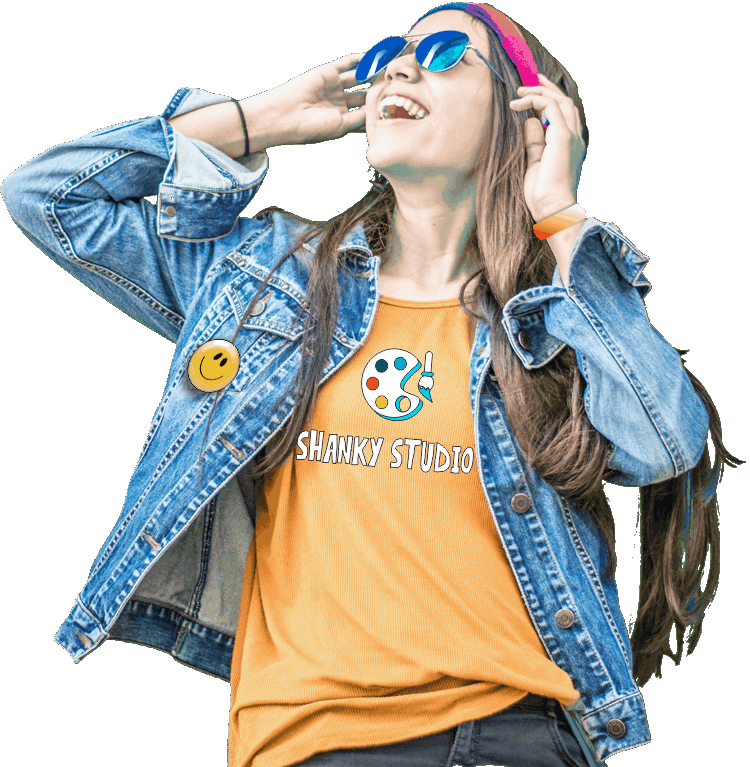Personalized & One-To-One
Visual Art
Services
Visual Art Education Drawing & Painting Class Customized Painting Hand-drawn Portrait Digital Design Services Personalized Handicraft Craft & Art Event
We offer one-to-one visual art education for kids & adults, hand-drawn portraits & customized paintings, worldwide, including USA, Canada, UK, UAE, Saudi Arabia, Qatar, Singapore, India, Australia, and New Zealand.

USA
1 of 8Canada
2 of 8UK
3 of 8Middle East
4 of 8India
5 of 8Singapore
6 of 8Australia
7 of 8New Zealand
8 of 8I Feel Amazing To Have Come Across A Teacher Like Shanker. In his Drawing & Painting Class, His Teaching Is Very Articulate And Makes The Task Seem Effortless. His Skills Are Unparallel And His Devotion Unabated. He Will Hone Your Skills And Perfect Your Craft, I Don’t Think Tricity Could Have Had Anyone Better. I Would Highly Recommend Him To Everyone. Thank You So Much Sir, For Helping Us All With Your Utmost Kindness, Generosity And Talent.
Harman Sohi
Best Quality In Best Prices
Visual Art Courses | Fundamentals Sketching Portrait Human Anatomy Still Life Landscape Abstract Watercolor Acrylic Oil Color Pencil Color Soft Pastel Charcoal Digital Design
Our D2C visual art education services, for kids and adults, are specifically tailored for individual requirements and are delivered on a one-to-one basis, using a unique and proven 7C learning and teaching methodology, which accelerates the learning process to 70% to 80% faster, reduces the learning curve, decreases the time-lines and improve the retention, with over 99% success rate!

Featured Products
Trending Today



